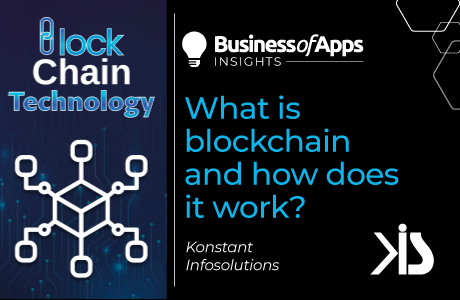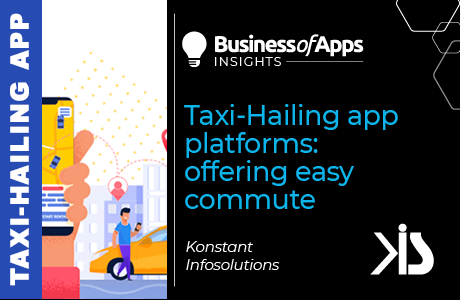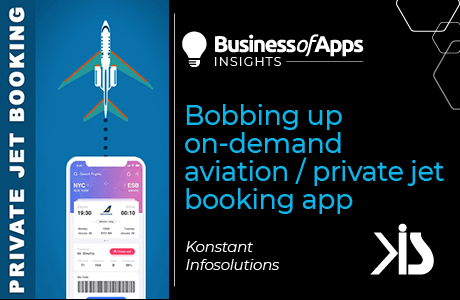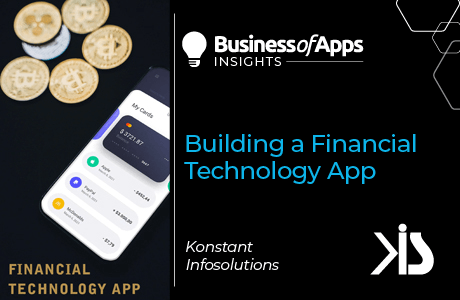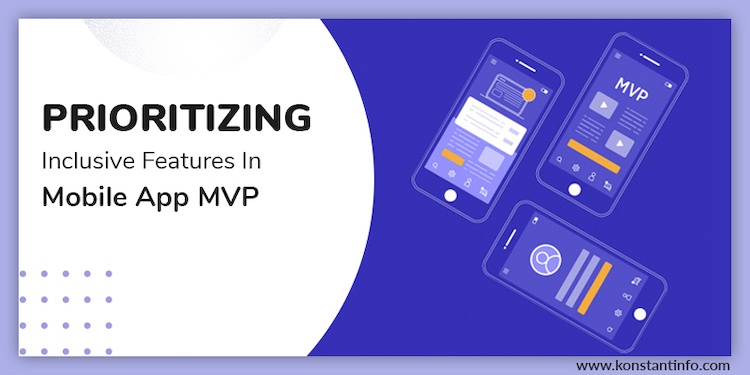
A glance into the MVP determinants that eventually define the mobile app development process!
Minimal Viable Product or an MVP is an initial adaptation of an original product concept that enables a product owner to collect a highly detailed and validated knowledge about consumers of such a product. It is prepared with limited learning, research and has enough features to convince end users to continue with the development. An MVP is perfect for checking the feasibility of the product idea without spending much time and money.
How does creating an MVP for mobile apps help developers?
An MVP helps you understand how the target audience responds to the purpose of the app and shows if the objective of the app is actualized.
Why is there a need to create an MVP?
An MVP drives the product strategy into actionable deliverables. It is created to Spotify customers’ wants and needs. It must be structured in such a way so that it connects all business goals irrespective of your market type B2B or B2C. It should also depend upon the differentiation between immediate and future goals to coordinate the design. MVP essentially acknowledges and separates features that should be in the initial launch of the application from the features that will be added subsequently with time. An entrepreneur must always look towards the feasibility of an idea, validating it and understand customers’ needs.
Six essential steps involved in the making of an MVP are: Researching the market thoroughly, defining the idea, and thinking about process design, listing the project features, building the MVP and analyzing the entire scenario. Repeating the cycle as required.
How to prioritize essential features in MVP to create a mobile app?
Prioritization of essential and non-essential items/features in creating an MVP are subject to the long list of what the app could do and the reality of what the MVP should do. It must also be determined if the listed features will actually affirm the use of your product.
- Additional factors that must be considered while creating an MVP are:
- Impact on the number of users
- Value to users
- Time to MVP
- Feasibility
- Business Value
- Customer Satisfaction
- The product that is being developed must always be fine-tuned with the value statement, blueprint and whitepaper. The development team must be focused on making the minimal version of the product that validates the concept of your mobile app with the lowest form of risk.
- It is always important and advisable to differentiate between must-be, should-be, could-be and won’t-be (MoSCoW) features for the MVP. This is important as this might affect the product negatively.
- Therefore the initial features that will be prioritized should cover only those features that will help your product attain market value through user-demand.
- It should be ascertained as to what users want and what they actually need:
- The importance of every feature must be deliberated with the team and how the balance should be struck between the must-haves and nice-to-haves.
- The features that users need must be checked and analyzed before adoption so that they do not defeat the entire purpose of the mobile app product.
- The value of certain other features can only be ascertained with a large and substantial product user-base. These features do not have to be implemented from the get go, rather can be implemented according to demand in the market and iterations of the app.
- Creating a chatting service from scratch or implementing a chat API for communication with the app – can be two different ways to settle a single problem.
- Key performance indicators can address various professional demands of the project, determining which areas to improve for future versions of the app.
- Lastly, the nature of the app, the industry with which it is associated and the target audience are the most important dependent factors – the production stage, business type, and product type are determinants for your choice of key primary indicators. The cost of MVP will also be a pointer to what KPIs are of importance.
Related Post: How Much It Costs to Build a Minimum Viable Product?
Therefore development teams must take a business approach including customer satisfaction, Increase in lifetime value, Adoption rates, Retention rates, Churn rate, Daily/Monthly active user, User growth, Acquisition costs and average revenue per user and Return on Investment, right since the inception of the project that helps decide customer choice.
All Set, what should be your next step?
Reconciliation of the metrics with the business plans and objectives of your product roadmap helps understand how users interact with your product. There should always be a provision to collect and reconcile user-feedback. This would help the product development team to make data-driven decisions, pertaining to every level of development.
Technologies in demand and the developmental methodologies and project management approaches are always subject to change. Therefore an MVP must always be created in close coordination with the target audience. The insights gained from an MVP can be capitalized on to plan and prioritize a standard product roadmap. This can help in expanding the use of the mobile app being developed by highlighting various actionable features, risk assumptions, and deliverables that are related to the app. This instantly helps in revealing the viability of the minimum viable product in accordance with the user and market standards.




